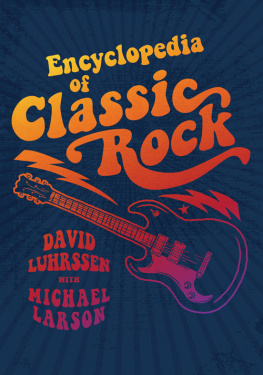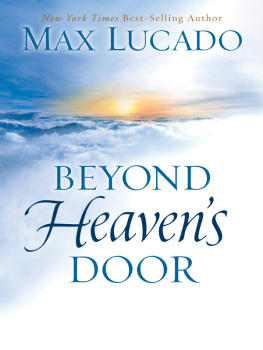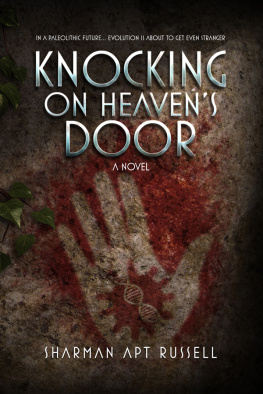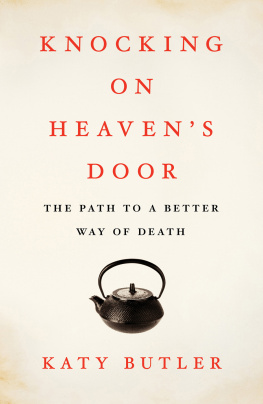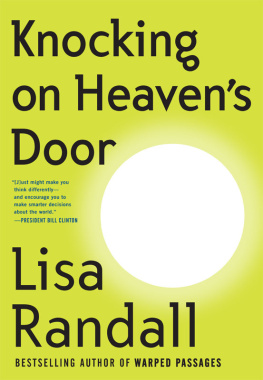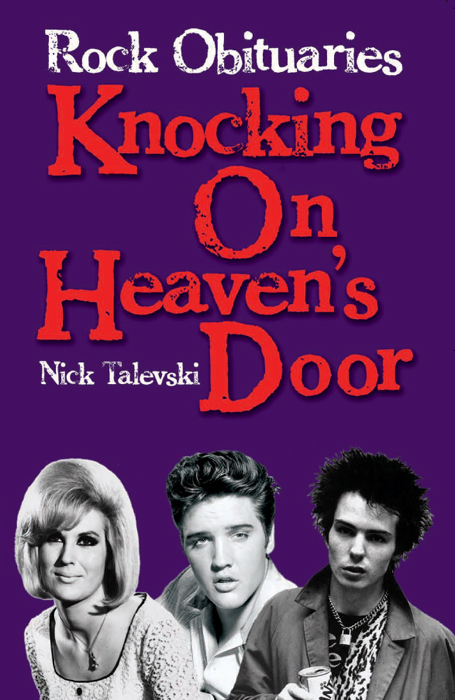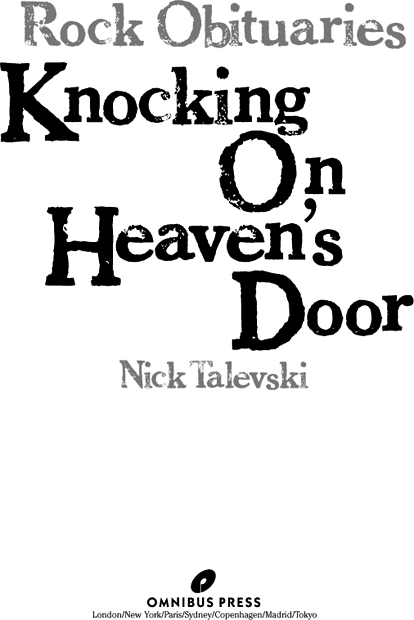A number of dedicated and knowledgeable individuals have aided in the development of this work. Their input is sincerely appreciated.
In the US, a number of friends and music historians have proofread the text for factual errors: John M. Riley, Professor Robert West, Peter Wilgus and Gary Felsinger (whose 40-year record collection was often employedto contradict the facts offered by many rock reference books).
Also helpful were library assistant Stuart Move and the interlibrary loan department at Kent State University; Karla Steward and Mary Lyons of the Fine Arts Department at the Akron Public Library; Megan Taylor; Bill Murphy; and curator William L. Schurk and the staff of the music library at Bowling Green State University.
For the original 1999 edition of this book, editor Chris Charlesworth called upon an experienced team in the editing and revision of the text, most notably co-editor Johnny Rogan. Thanks are also due to Keith Badman, Andrew King, Dave Lewis, Mick Middles, Mark Paytress, and Chris Welch. For this new edition, my thanks go to Andy Neill who edited the new additions as well as updating and revising certain entries.
Lastly, my gratitude goes out to the late Anne J Glasby who assisted in the early preparation of the manuscript.
Introduction
Over the years several attempts have been made to chronicle the many deaths in the world of rocknroll. Without exception, these works have primarily documented rocks major players alongside those minor sidemen whose deaths were either controversial or particularly sensational. Far from being a finale, death has repeatedly reignited the careers and record sales of faded, once proud musical artists.
An entire cottage industry has sprouted up around the departed Elvis Presley whose late-in-life excesses have been overlooked in favour of his post-mortem role of surreal icon. Performing for throngs of adoring fans has always had its occupational hazards. And with the unhealthy trappings that accompany rock stardom, old age is seldom the cause of death.
The human fascination with tragedy and the subsequent theatre of voyeurism makes us slow down to gape at the tangled metal offered by a traffic accident. Following the demise of Kurt Cobain, there was a morbid expectation among Nirvana fans that his widow Courtney Love would soon follow in his path. While this book does not gloss over the unpleasant details of the deaths of Presley, Cobain and all too many others, it does seek to avoid the Babylon method of cataloguing rocks more sensational tragedies.
When planning this book, the central concerns were who to include and what criteria to employ. Initially, only major artists were targeted, with the secondary and backing musicians relegated to a brief glossary. Eventually the two sections were merged and the secondary entries substantially lengthened. While the scope of this book is limited to hit acts within the fields of pop, rock, R&B, and to a limited extent, blues, prominent crossover artists from other genres (jazz, reggae, gospel, country and folk) who have impacted rock and pop music are also included.
It later became apparent that rocknroll would have never flourished without the talents of peripheral figures such as Alan Freed, Brian Epstein and Bill Graham. It was therefore necessary to include noteworthy deejays, managers, promoters, songwriters, record company founders, A&R men and critics. A final issue was resolved when recording artists popular only in Britain were granted the same treatment as their American counterparts.
The methodology of researching this book was fairly straightforward. Hundreds of rock reference books and biographies were scoured for information. With a host of impressive tomes published in the last few years, most notably Colin Larkins extraordinary eight volume Encyclopedia Of Popular Music, it has become increasingly effortless to locate accurate source material.
While scores of newspapers and periodicals were also used, the following were especially useful: Billboard, Discoveries, Goldmine, Guitar Player, Juke Blues, Living Blues, Musician, The New York Times, Record Collector, Variety, and The Washington Post. It is worth noting that many reported deaths could not he verified, and in some cases, proved not to be true. And, sadly, many musical entertainers have doubtlessly passed away without receiving their deserved fanfare, their deaths eluding the press and this book. And, in an undertaking of this kind, it is inevitable that errors will occur.
The author and editors encourage any additions or amendments which, when verified, will be included in future editions. Please send any correspondence to: PO Box 2364, Akron, Ohio 44309, USA.
Nick Talevski, July 1999
A
June Abbit
(J OE A BBIT , S R .)
Born June 3, 1932
Died November 22, 1995
Short-term member of the Fifties doo-wop vocal group, The 5 Royales, June Abbit did not record with the group. One of the most popular groups of the early Fifties, the North Carolina-based 5 Royales evolved out of a gospel act, The Royal Sons.
C AUSE : Unknown.
Ewart Abner
(E WART G. A BNER , J R .)
Born May 11, 1923
Died December 27, 1997
A veteran record company executive, Ewart Abner enjoyed considerable success at Chance, Vee-Jay, and Motown Records. After graduating from Howard University, Abner worked in a Chicago record pressing plant, before starting Chance Records in 1950 with his former boss Art Sheridan. Recording the finest examples of early Chicago doo-wop, Abner oversaw the sessions of The Moonglows and The Flamingos. With the shuttering of Chance in 1954, Abner landed at the nearby Vee-Jay Records, becoming a part owner by 1961. Here, he was instrumental in the development of the Chicago Soul Sound with acts such as Jerry Butler, Dee Clark, and Gene Chandler. Abner also had the foresight to issue The Beatles first American releases, after Capitol Records had initially passed on the group. After gambling away record company funds, Abner was fired in 1963. Launching his own label, Constellation Records, Abner had success with former Vee-Jay act Gene Chandler. Abner briefly returned to Vee-Jay in 1965 in an unsuccessful attempt to revive the collapsing label. After giving an impassioned speech at a record industry convention in 1967, Abner was subsequently hired by Berry Gordy Jr. as an A&R director for Motown, and promoted to the position of company president in 1973. After retiring in 1975, for the next decade Abner managed the career of Stevie Wonder. With Berry Gordy Jr. selling Motown in 1988, Abner was later hired by Gordy in his new corporation.


